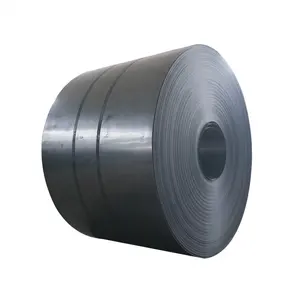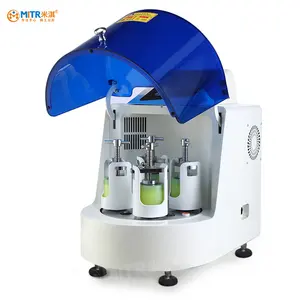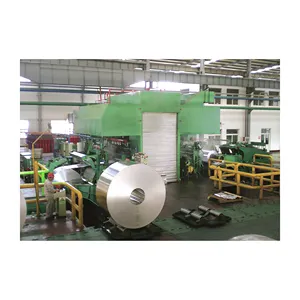Introduction to Cold Rolling Mills
Cold rolling mills are pivotal in the metalworking industry, transforming metal into specific thicknesses and finishes. This process, known as cold rolling, involves the material being passed through a tandem mill rolling system, which incrementally reduces the metal's thickness without the need for heating. The cold rolling mill category encompasses various machines designed for different scales of production and metal types, including cold rolling aluminium and steel.
Types of Cold Rolling Mills
The diversity in cold rolling processes is matched by the variety of mills available. A 4 hi cold rolling mill is commonly used for moderate reduction levels, while a 6 hi cold rolling mill offers tighter tolerances and more sophisticated control. For those seeking the utmost precision, a 20 hi cold rolling mill provides high-quality output with intricate control over the rolling process. Specialized equipment like the cold pilger mill is also used for tubular metal products, enhancing the range of shapes and sizes achievable.
Applications and Features
Cold rolling mills serve a broad spectrum of industrial applications. From the automotive sector to construction and electronics, the demand for cold rolled steel mill products is widespread. The features of these mills are designed to handle various metals with precision. The cold rolling machine includes components like rolls, bearings, and a drive motor, each selected for durability and performance. The versatility of these machines allows for processing materials into thin gauges and high surface finishes, essential for many manufacturing requirements.
Materials and Advantages
The materials used in the construction of cold rolling mills, such as the cold rolling mill rolls, are chosen for their strength and resistance to wear. This ensures longevity and consistent performance. The advantages of using a cold rolling process include improved mechanical properties, enhanced surface finish, and material hardness. Additionally, the ability to produce closer dimensional tolerances makes coldrolling a preferred method for high-precision applications.
Choosing the Right Cold Rolling Mill
Selecting the appropriate cold rolling mill involves considering the material to be processed, the desired thickness and surface finish, and the production volume. Whether it's a 4 hi rolling mill for smaller operations or a 6hi mill for larger scale production, the choice depends on the specific needs of the business. It's crucial to assess the capabilities of each mill type, including the maximum rolling force, the range of thicknesses they can handle, and the speed at which they operate.
Conclusion
In conclusion, the cold rolling mill is a sophisticated piece of equipment that plays a critical role in modern manufacturing. With a range of types and features, these mills are capable of producing high-quality metal products for a variety of applications. While selecting a cold rolling mill, it is essential to consider the specific requirements of the task at hand to ensure optimal performance and product quality.

















































 浙公网安备 33010002000092号
浙公网安备 33010002000092号 浙B2-20120091-4
浙B2-20120091-4